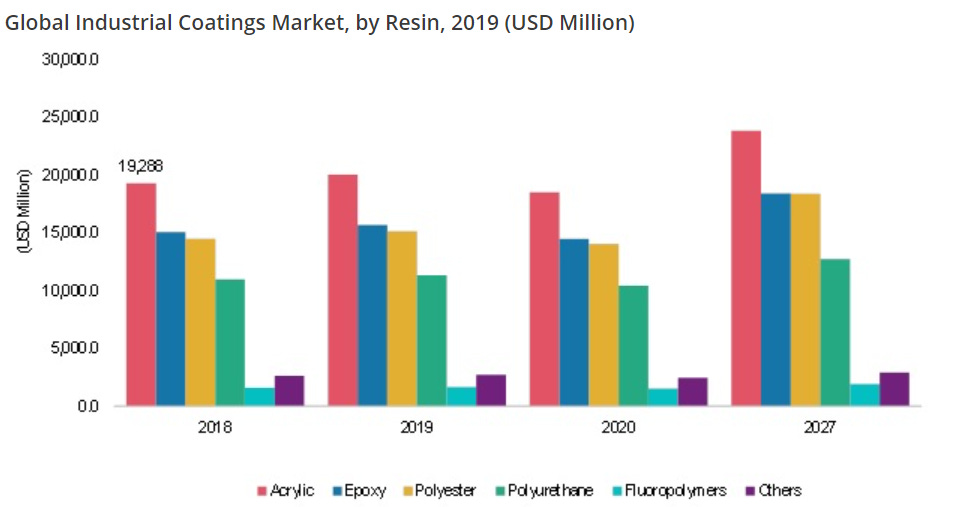Mitsubishi Chemical Corporation Closing Beaumont Site
Welcome to the Polymerist! Consider subscribing now if you haven’t already. If you are already receiving this consider sharing it with a friend.

In the News
Mitsubishi Chemical Corporation (MCC) is closing a site of a subsidiary Lucite International in Beaumont, Texas. The Beaumont plant makes methacrylic acid and methyl methacrylate, but 2020 demand has caused the plant to cost MCC more money than it generated and the 2021 outlook does not look to be improving for the plant’s operations. The Beaumont Business Journal reported that as of 2017 about 160 people worked at the Lucite International Beaumont facility.
What is Methyl Methacrylate and Methacrylic Acid?
Methyl methacrylate is primarily used to make poly(methyl methacrylate) or what the world simply knows as acrylic. The polymer was first made by ICI under the tradename Perspex and then DuPont under the tradename Lucite in the 1930s. The polymer of methyl methacrylate was prized for its optical clarity, toughness, and resistance to shattering into pieces if hit by a bullet. Acrylic was used as a replacement for safety glass because it was cheaper, lighter, and safer to use in airplanes during WWII. The B-17 flying fortress windows were all made out of PMMA including the nose of the airplane. The tradename Lucite would eventually be the name for the combined acrylic business of ICI and DuPont in the 1990s that would eventually be bought by Mitsubishi Chemical Corporation.
Methacrylic acid is a starting material for a little known monomer named 2-hydroxy ethyl methacrylate or HEMA as most polymer chemists would call it. HEMA can be polymerized with other acrylates and by itself to make materials such as contact lenses, absorbent gels, and coatings such as paint (more on this in a second). Methacrylic acid can also be reacted with epoxy resins to make vinyl esters resins that are used as anti-corrosion coatings and in fiber reinforced composites.
A large amount of volume for methyl methacrylate, methacrylic acid, and other methacrylates and acrylates go to process of making paint.
Paint is Boring Right? About $146 Billion Boring
Most paints that we (consumers) buy at the store or get our houses painted with are typically going to be some sort of acrylic and if not an acrylic then a polymer of some sort. Prior to World War II paint was typically made from things like linseed oil and pigments such as zinc, titanium, and lead. The use of lead in paint was seen as beneficial and economical because a small amount could be used and it was economical, but the dangers of lead paint were suspected as far back as Benjamin Franklin in 1786. It would take the United States until the 1970s to ban the use of lead paint despite other countries enacting bans in early 1900s. Think about that the next time you think about buying the lowest cost paint in the store.
World War II essentially coincided with the consensus that polymers were real things and the fundamentals of polymer chemistry and development of the science occurred as they were needed the most. With linseed oil running short during the war a new technique to make paint was patented by Rohm and Haas using the same acrylics that ICI and DuPont were using to make windows for airplanes. Eventually, patents expire and this allows other people to practice the invention and acrylic paint industry was borne.
The style of polymerization that is done to make paint is a technique known as an emulsion polymerization where the polymerization is performed in a binary system where two liquids do not want to mix similar to that of a oil and vinegar salad dressing. The acrylics associate with themselves and as they polymerize they stay suspended in the water once the polymerization is finished. This emulsion is often called a latex and once the water is removed a solid film of acrylic polymer is generated with whatever pigments are dispersed into the system. Waterborne paints have historically used some solvent, but since the 1970s the majority of the solvents have been engineered out for health and safety reasons.
Different types of monomers can be used in emulsion polymerizations together, but two common monomers would be methyl methacrylate and butyl acrylate. MMA might give rigidity and strength to the paint while butyl acrylate gives it more durability and toughness. Other methacrylates or acrylates can impart specific properties to paint such as adhesion to substrates (wood, steel, aluminum) and understanding how structure influences properties is typically known as structure-property relationships and is the basis for a lot of PhD theses (including myself for epoxy resins).
Why Is This Place In Beaumont, Texas?
Beaumont, Texas is also home to an ExxonMobil refinery and a host of other chemical plants from companies such as Cray Valley, Arkema, DuPont, Lanxess, and Huntsman to name a few. Much of the key feedstocks used in the Lucite plant likely come from the ExxonMobil refinery or from the other chemical plants in the area.
Depending on when the plant was built may determine what process it uses to make both methyl methacrylate and methacrylic acid. The original ICI process to make MMA used the acetone cyanohydrin route or ACH. One problem with ACH is that it produces ammonium bisulfate and requires energy (money) to dispose of and a chemical plant that produces excessive waste is not economical. Evonik and Mitsubishi would later develop catalysts that eliminated the production of ammonium bisulfate from the ACH process.
Lucite developed a process to make methyl methacrylate called “Alpha” which produced methyl methacrylate from ethylene, methanol, and carbon monoxide. The “Alpha” process still produced a byproduct, but one that was considered “benign.”
So if Mitsubishi plant in question runs the “alpha” process then it may have become too costly to operate for a host of reasons such as feedstock prices, low margins on methyl methacrylate, and/or old equipment needing more and more maintenance. But that’s life in chemicals. One day your company is making boatloads of money and the next year the plant is being shutdown.
I hope the workers from the Mitsubishi plant find new jobs soon.
The Polymerist
The views here are my own and do not reflect those of my employers nor should they be considered investment advice.






